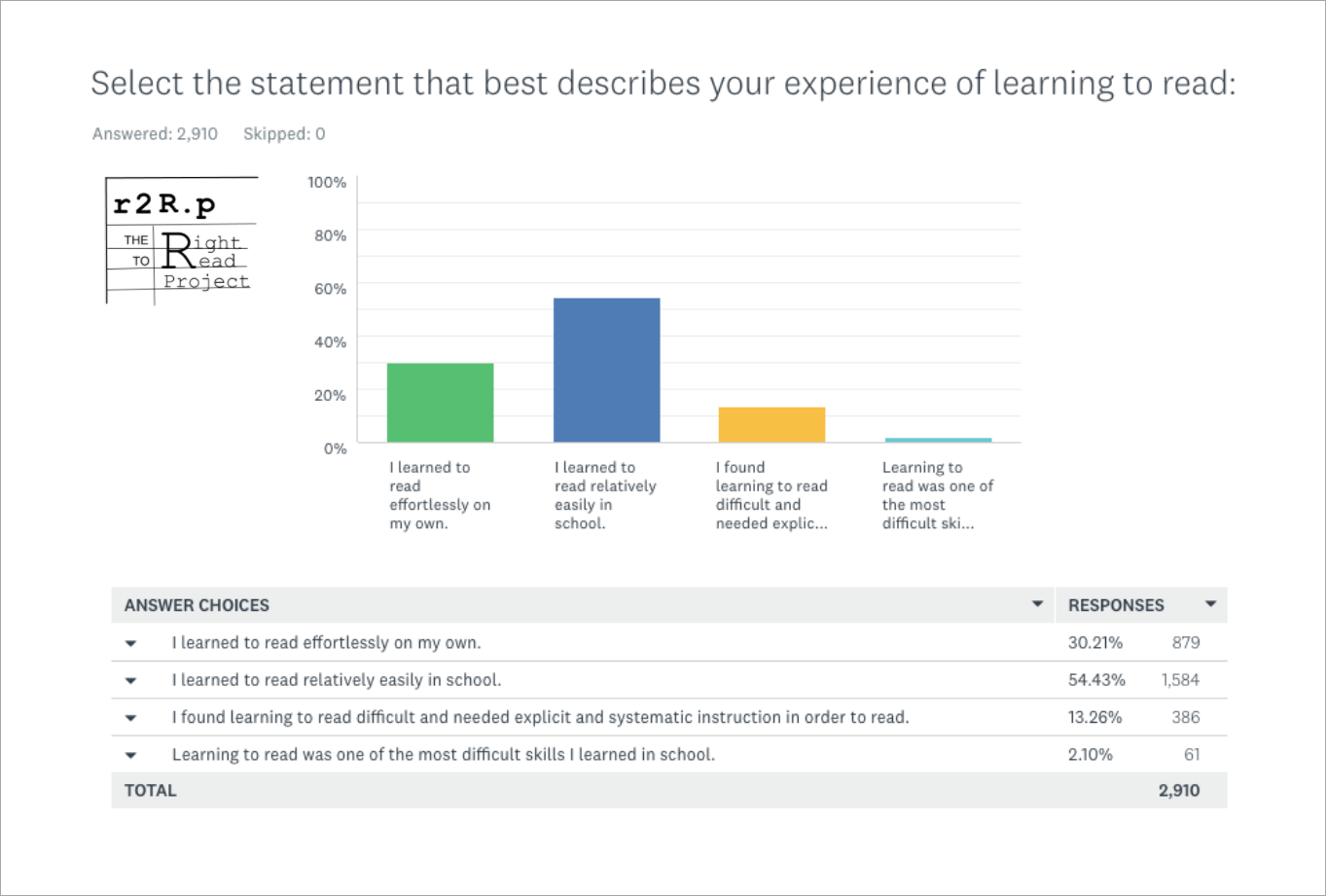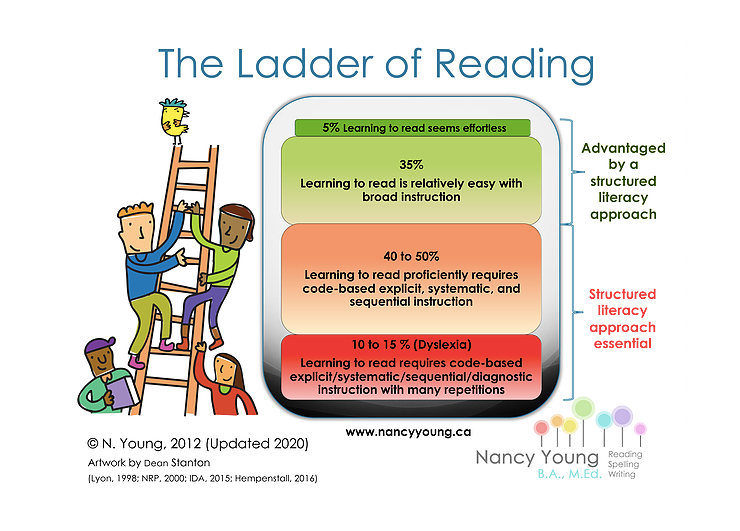I am a typical teacher, according to all the statistics — I’m white, female, and have between 15 and 20 years of teaching experience. My students and their families, most of whom are Black and live in households below the poverty line, don’t see themselves reflected in my appearance or speech, and navigating these differences can be difficult. There are resources designed to help teachers curate texts and develop lesson plans that offer our students “mirrors and windows ” so we can facilitate discussion about our own and other’s experiences. But little attention has been paid to the fact that for most teachers, our own experiences of becoming literate actually lead us astray when it comes to teaching students how to read.
Teachers, like most adults, usually can’t remember how we actually learned to read. We work hard to ensure that our students are surrounded with books and we provide them with time to read for pleasure. Choice and practice can help readers to thrive, but regardless of race, socio-economic status, or home language, for any student who arrives at school needing to be taught how to read, these strategies are not sufficient. Extended periods of time devoted to independent reading and leveled books can even exacerbate an achievement gap.
While I have many vivid memories of being a first-grader — making stone soup, playing the part of a wild thing in reader’s theater, and making a space hat just like Little Bear — I don’t actually remember how I became a reader. I am pretty sure that, in the heyday of whole-language, I was never taught a single thing about phonics, but I can’t be certain. Even if I could remember the specifics, replicating my experience of learning to read would not serve my students well. Like most teachers, I learned to read relatively easily. In one survey of almost 3,000 teachers, nearly 85 percent reported learning to read effortlessly or easily.

Because teachers tend to have been students who learned to read without struggle, we generally liked school, did well in it, and therefore chose to spend our adult years teaching. But our experiences of learning to read are not like those of our students, the majority of whom require systematic, explicit instruction in order to learn how to make sense of printed text. (For more, explore The Ladder of Reading )

When we strive to give our class the kind of reading instruction that was good enough for us, we may be depriving our students of the instruction they actually need. Kareem Weaver, of the Oakland NAACP, has called this trap “learners’ bias” because the ease with which we learned to read clouds our ability to see what students need from us.
Learners’ bias is the quietest, most insidious bias that’s impacting our students. It’s like humidity. You don’t know it’s there because you get used to it.
Kareem Weaver, Oakland NAACP
Once we start looking out for learners’ bias, we can see it everywhere. It’s why classroom teachers receive materials designed to serve students who can learn to read with just fifteen minutes a day of “word work” and who can learn to write without instruction in English grammar. It’s why programs that provide explicit instruction, sufficient repetition, and cumulative practice are dubbed “intervention programs,” signaling to classroom teachers that it’s not our job to provide such instruction. It’s why, when a child struggles to learn to read, we think there must be “something up” with the child, not that there’s something missing in our instruction. It’s why teachers are not trained to value predictive, reliable assessments that signal the need for more intensive instruction.
Instead of using data to determine the efficacy of our instruction, we hold tight to the misguided belief that what we’re doing is probably enough because it would have been enough for us. We are told, and the belief sinks in, that our job is done if we deliver the lessons in our district-adopted program and squeeze in a little intervention here and there. But researchers estimate that 95 percent of all children can be taught to read by the end of first grade and we, as a profession, are nowhere near reaching that potential. Every upper-grade teacher has had students who struggle to decode.
It’s time to admit that we need to rethink what we’ve been doing. We cannot continue to depend on programs tailored to students for whom reading comes easily. And we cannot, should not, use our own memories or experiences of learning to read to guide what we offer our students.
We cannot rely on our memories of how we learned to read and, by extension, how others learn to read. It is imperative, therefore, that we understand and use current evidence-based findings from neuroscience about how we learn to read to inform the teaching of reading.

